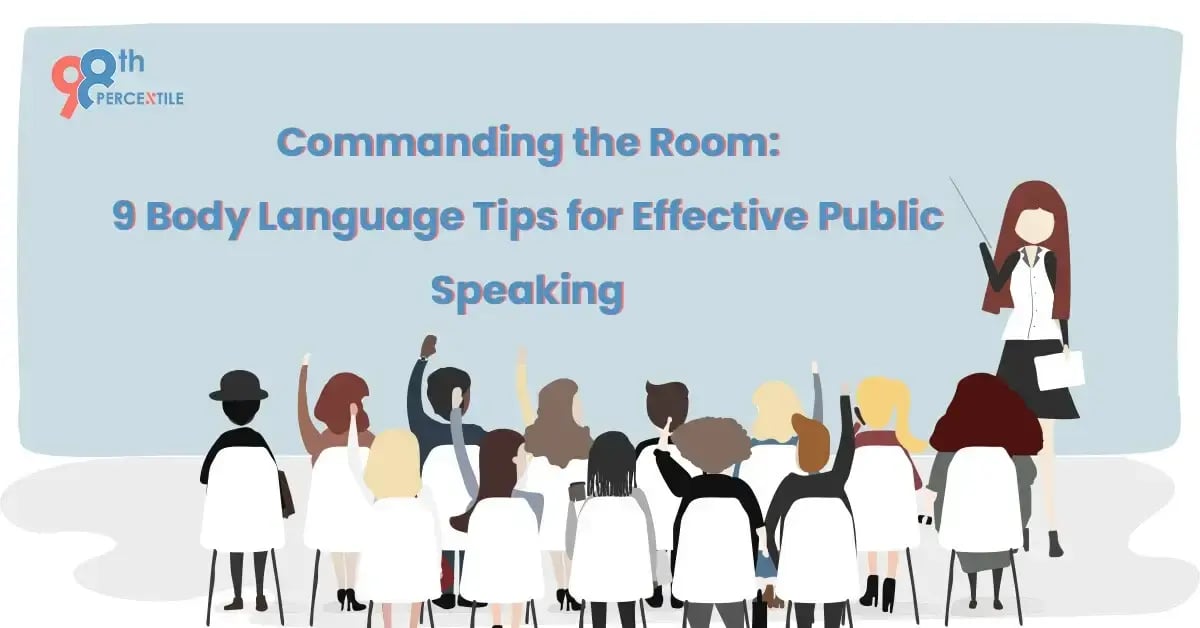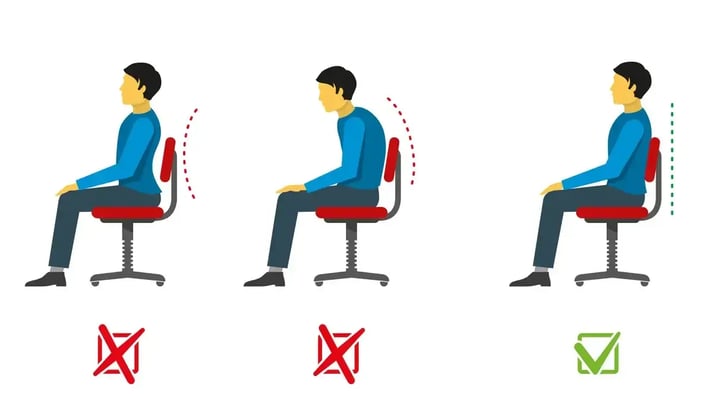
Communication consists of both verbal and nonverbal components. Body language, gestures, and facial expressions are all examples of nonverbal communication, in addition to words. In some cases, effective communication necessitates a coordinated use of verbal and nonverbal cues.
The discreet transmission of a message to a group of people or an individual is known as nonverbal communication. In-person communication makes interpersonal relationships more reliable. Experts and scientists are still figuring out the myriad cues and suggestions found in body language art, a sophisticated mode of communication.
Free registration offer - Online Summer Camp
Defining Body Language?
Body language is the term for reflexive or non-reflexive activities of a part of the body, or the entire body, used to communicate information. Examples of these actions include posture, gestures, eye contact, facial expressions, and so on. Whether on purpose or not, body language is the nonverbal behavior we use to communicate with other people.
We rarely identify ourselves, but we are continuously conveying nonverbal messages through our body language. If we want to deliver a compelling presentation and captivate the audience, we must first understand how to regulate our body language. When using our bodies to communicate, we must speak with purpose and poise. Consider the message you want to convey, and then reinforce it with your body language. To put it another way, understanding body language is essential for good public speaking.
When making a public remark, body language is important. Effective body language immediately develops connection with coworkers or an audience.
No matter how interesting the topic of your speech is, if you offer it impassively or without emotion, the audience will lose interest. After all, the audience is more interested in the speaker's enthusiastic participation than the actual topic at hand. Strong body language may outperform a speaker who does not place a high value on it, but that does not mean that content is worthless.
Begin Your Child's Public Speaking Adventure Now!
Your body language should be consistent with the topic of your words. Nodding yes is an excellent technique to indicate that you wish to say yes. Furthermore, nonverbal communication carries reciprocal power. People who lack a solid understanding of body language may struggle in both social and academic settings.
Children should be taught and encouraged to exhibit positive body language since it enhances nonverbal persuasive abilities, boosts self-esteem, and increases confidence. Thankfully, children may learn the art of body language early on, while their subconscious brains are still forming and positive habits are simpler to form.

Do's and Don'ts of Positive Body Language
Let's go over some Do's of Positive body language.
-
Eye-contact: Always maintain polite eye contact with everyone, as this indicates that the speaker is interested in hearing them out. This indicates your confidence and genuineness. It's a common notion that people who want to hide something find it difficult to look you in the eyes, which is correct. Make intentional, non-piercing eye contact to build trust and make an impression.
- Hand Gestures: An excellent method to bolster any discourse is via hand gestures. Moving in a sensible and unobtrusive way may greatly liven up your discourse. We don't want denial or aggressiveness, which is what a closed hand conveys, do we? Keep your hands wide open and use them to convey your ideas.
-
Open Body Posture: Maintain your stance as broad and upright as possible. If you have a slouchy posture, you may appear unpleasant and uncomfortable. Not to mention the lack of confidence. A closed body distracts the audience. Instead of standing stiffly to one side, turn to face the audience and make small, deliberate movements.

- Smile: The best technique to win people over is to grin sincere. A pleasant word conveys your self-assurance and upbeat disposition. Additionally, you'll come out as personable. If you have a highly dangerous expression on your face, the same does not apply. Thus, don't be scared to smile and make someone's day.
- Correct Distance: When you stand too far away from the person you're talking to, they'll notice that you're uncomfortable. If you stand too near to them, you may make them uncomfortable. The same is true for the masses. The proper thing to do is to maintain a healthy closeness without infringing anyone's personal space.
-
Greeting: Greetings are used to recognize and greet the presence of another person. Greetings can take numerous forms, including a firm handshake, a quick pat on the back, a casual hug, or standing up when someone in a position of authority walks in. Make sure your handshake is solid and fast, but not too tight or informal. Recognize your audience and answer accordingly.
Let's get into the Don'ts
-
No slouching or fidgeting: Looking down to the floor increases the likelihood of slouching. Make an attempt to get up. Look into the audience members' eyes. To avoid slouching while speaking, we recommend practicing looking up. When you first start performing on stage, fidgeting is typical and can only be avoided by practice. Thus, we strongly advocate for teacher-led training.
We focus hugely on all these aspects and offer Public Speaking classes conducted by highly qualified and experienced teachers. These classes can help children in grades 3-8 be maestro in delivering speeches effectively. - Don't Cross Arms: Crossing your arms gives the idea that you are defending yourself, as if you are trying to hide something or are rejecting it. It sounds like you're speaking but are hesitant to talk honestly. That's the impression it conveys. Instead of crossing your arms, do lovely hand gestures!
Book 2-Week Public Speaking Trial Classes Now!
-
Maintain Facial Expression: Presenters commonly make the mistake of appearing uninterested or displaying strong emotions with their facial expressions. When addressing anything personal, be cautious about how you express your feelings. Avoid getting carried away and going overboard. Return to the discussion's original context. As a result, you must return to a neutral facial expression.
Ultimately, your child will become a more confident speaker and improve their public speaking abilities by employing appropriate body language. Advice from a qualified coach is usually preferred if you want to improve your public speaking skills. 98thPercentile Public Speaking classes can provide your child with the most suitable assistance in conquering the skills. To get your child excited about Public Speaking, check out our Public Speaking Program.
Book a free trial class for Public Speaking with 98thPercentile today!

 Students/Staff
Students/Staff Parents
Parents ElevatEd
ElevatEd


-Nov-18-2025-03-57-47-3267-AM.png?width=360&length=360&name=401x226%20(6)-Nov-18-2025-03-57-47-3267-AM.png)



-Jul-22-2025-03-16-52-8797-AM.png?width=360&length=360&name=401x226%20(6)-Jul-22-2025-03-16-52-8797-AM.png)






